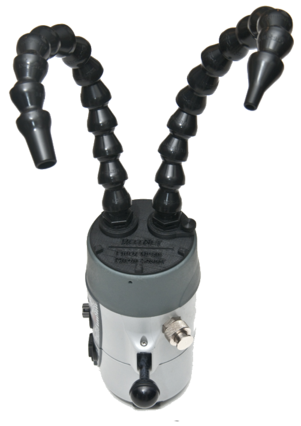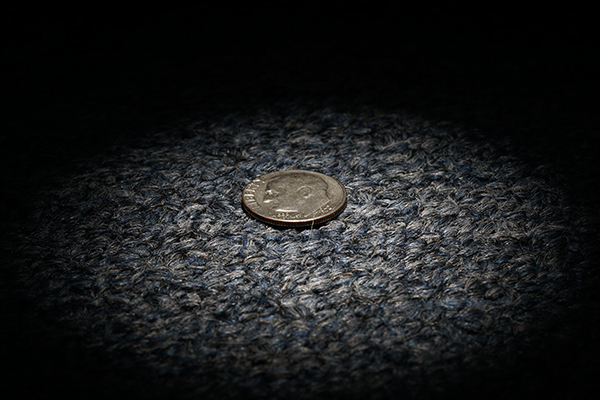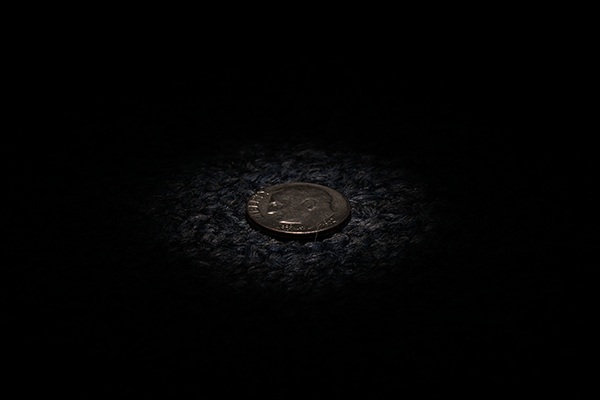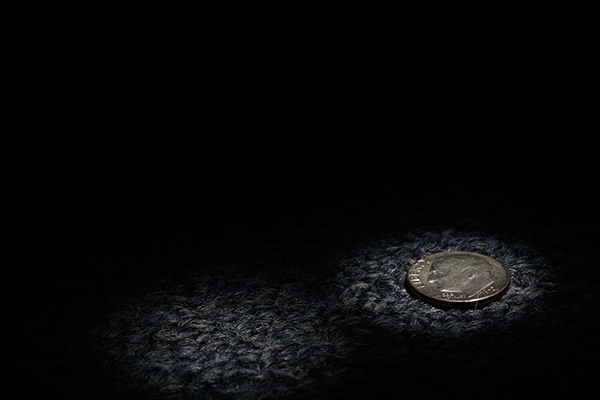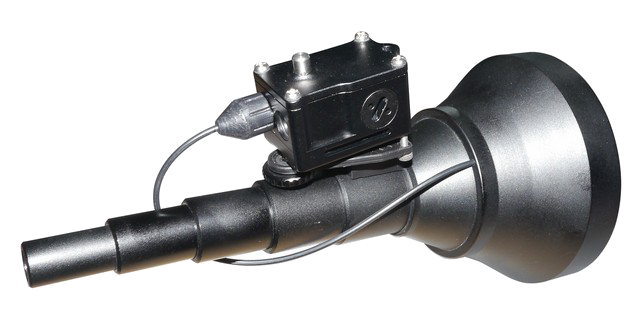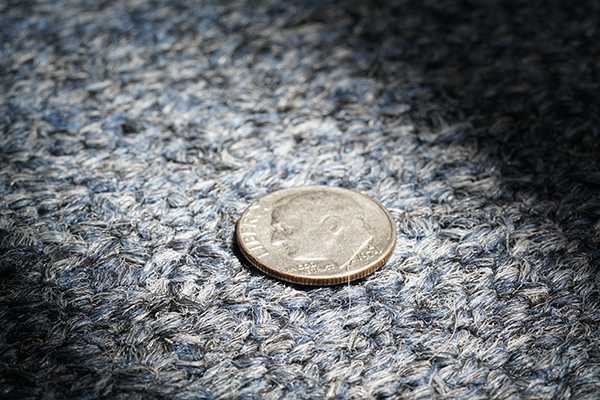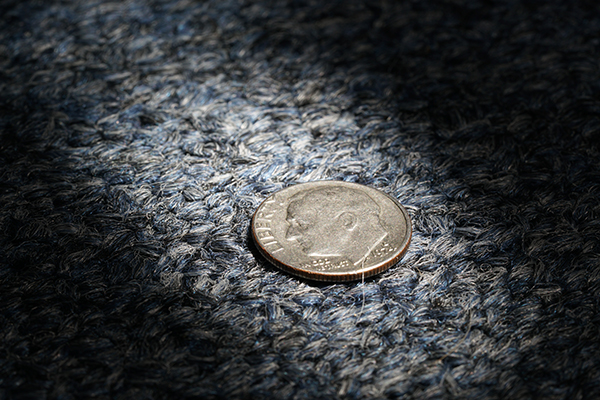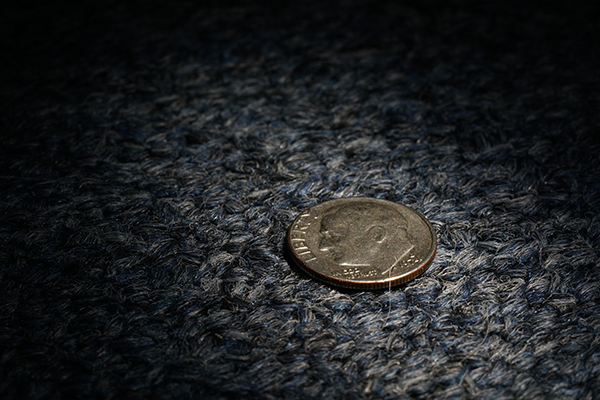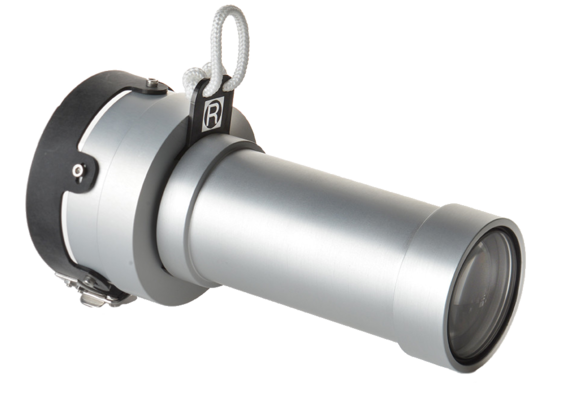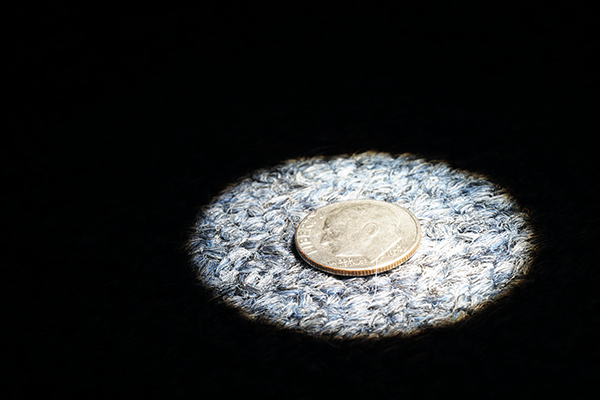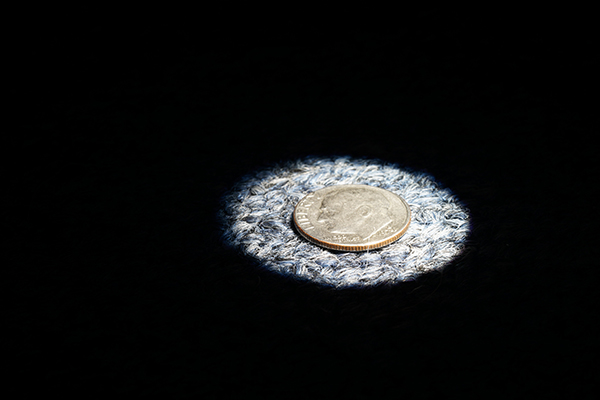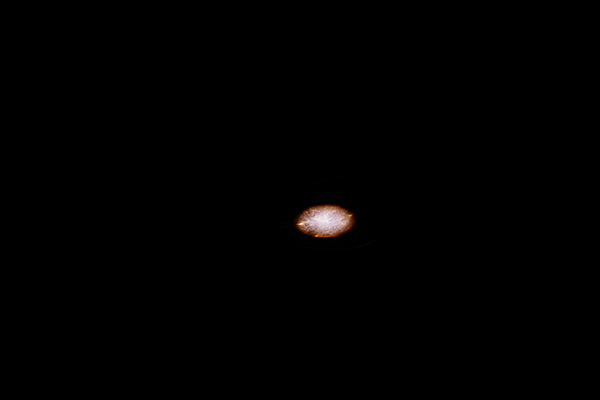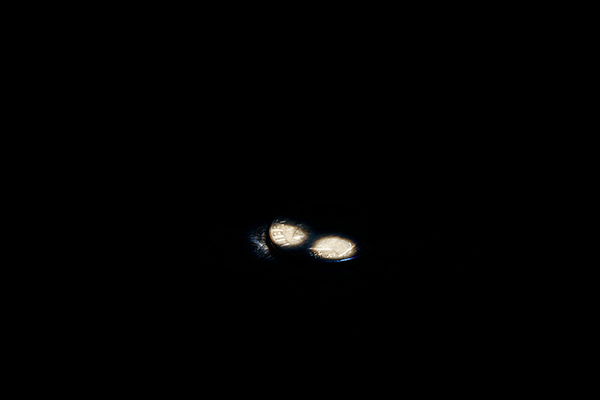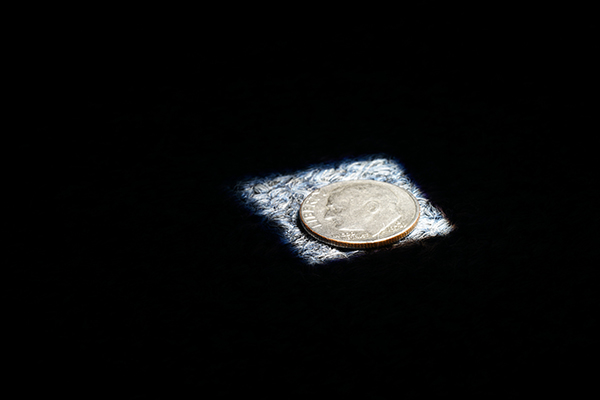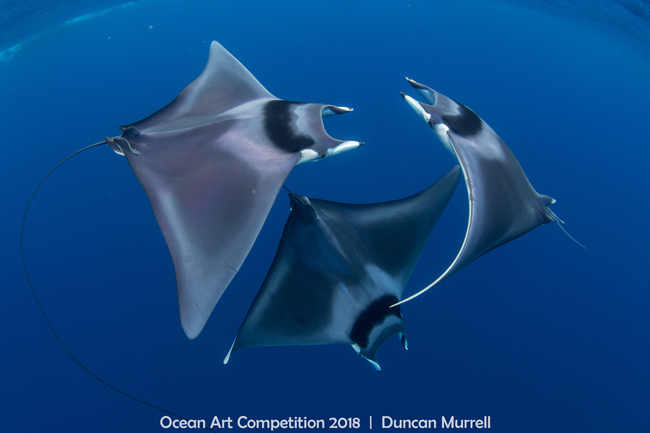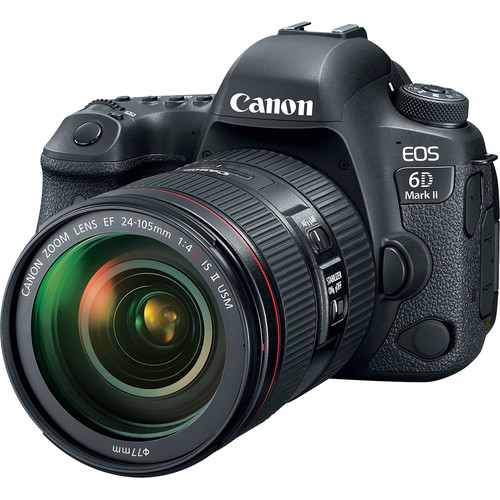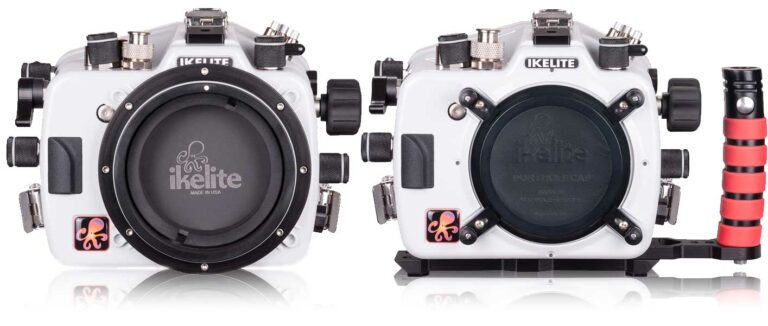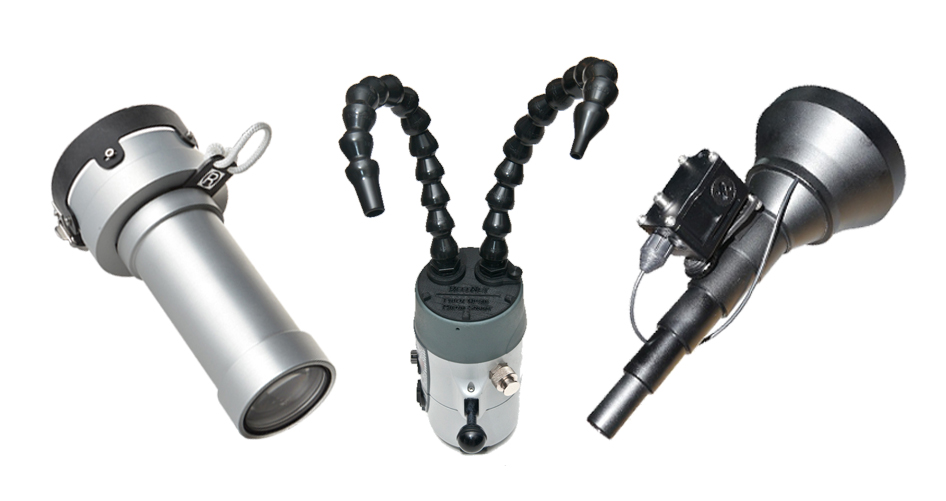
Want to explore different equipment/tools for underwater photography? Snoots might be the solution that you are looking for. These are small devices that we use to mask the strobe in order to shape and precisely control the beam of light on your subject. A snoot will highlight or illuminate the subject while creating a black background, which often makes the image more dramatic and the colors pop.
There are lots of snoots out in the market, but we’ve narrowed it down to our favorites. Check out the top three snoots at Bluewater Photo, along with their pros, cons and comparison.
![]()
View all recommended Strobe Accessories on Bluewater Photo
Reefnet Fiber Optic Snoot
This is a very simple snoot design, using locline arms, fiber optic cables and a 3D printed strobe mount. What’s unique about this snoot is that there are a lot of brushed fiber opic cables running through the locline arms, which allows more light transmission while the arms make the tube very flexible for precise positioning. Another advantage of this snoot is that it is designed with two arms. You can illuminate two subjects in one frame, or use a key and fill light. The down side of this snoot is that it might be challenging to aim the arms at your subject.
Pros:
- Fiber optics cables inside the flexible arms allow good light transmission
- Can use one arm or two for more creative lighting options
- Includes narrowing tip for two light (diameter) size options
- Compact and Lightweight – great for travel
- Durable: no electronics or fragile parts make it nearly indestructable
- Available for a variety of strobes including Sea & Sea YS-D1/D2, YS-01/02/03, YS-250, Inon S-2000, Z-240, and Ikelite DS-160/151
Cons:
- No aiming or guide light makes positioning difficult
- Longer arm, even with fiber optic means less overall light
- Cost is $300 for strobe mount and one arm, $160 for second arm, so this isn’t the cheapest option
Reefnet Fiber Optic Snoot Review:
Sample Photos with Reefnet Fiber Optic Snoot
These images were taken with the Sony A7R II and Sea & Sea YS-D1 strobe. Camera settings: ISO 100, F16, 1/125th with the strobe set to full power. Snoot was set with tip about 5″ away from the subject, pointing almost directly down. For dual tips they were angled about 45° towards the subject.
Reefnet Snoot with Stanard Opening
Reefnet Snoot with Narrow Opening (less light transmission)
Reefnet Snoot with Two Arms, Narrow Opening
10Bar Snoot with Laser
This 10Bar snoot combines excellent build quality with a good price. It is made from machined aluminum and includes a guiding laser to allow you to aim the snoot with ease. To aim the laster, simply estimate the distance you’ll be from the subject before diving and look through the snoot. The snoot offers small adjustment to the size of the opening by unscrewing the small tube pieces from the body of the snoot (shortening the snoot for a wider beam).
Pros:
- Snoot aiming made easy with the laser guiding tool
- Adjustable size of light beam
- Light, compact and easy to travel with
- Resonably priced at $150 for the snoot with laser set
Cons:
- Laser might leave red dot on photo when using long exposure but can be removed in post editing
- Requires batteries for laser. Battery life is only 10 -15 dives
- Beam is larger, not always circular depening on how snoot is aimed
- Small tube pieces must be unscrewed to change beam size. Easy to drop and lose
- Compatible only with Sea & Sea YS-D1/D2 and Inon Z-240, D-2000 and S-2000.
10Bar Snoot with Laser Review:
10Bar Snoot Sample Photos:
These images were taken with the Sony A7R II and Sea & Sea YS-D1. Camera settings: ISO 100, F16, 1/125th with the strobe set to full power. Snoot was set about 5″ away from the subject, angled at about 45° towards the subject.
10Bar Snoot with Large Opening, no diffuser
10Bar Snoot with Small Opening, no diffuser
10Bar Snoot with Small Opening, using included diffuser
Retra LSD Snoot
The Retra LSD is a highly regarded and popular snoot. Not only does it mask the strobe light to produce a narrow beam, but it uses optical lenses to produce superb light. In addition, special mask inserts with various sized cut outs let the shooter choose from a number of different light shapes and sizes. The masks included offer 6 different diameter circular openings, three square options and four double circles for creating two pin points of light (great for animal eyes). These simply slide in and click in place and include a lanyard to allow you to clip them to your camera rig or BCD when not in use.
Pros:
- Light produced is a focused beam
- Different masking slides allow for a varity of creative lighting shapes
- “Future Proof” – strobe mount is easily removeable and replacment mounts can be purchased so you can use your snoot on any new strobe in the future
- Easy to aim using your strobe’s built-in focus light
Cons:
- Larger and bulkier than other snoot options
- Glass lenses and internal optics make it slightly more fragile
- Costs more than other options at $379
Retra LSD Snoot Review:
Retra LSD Sample Photos
These images were taken with the Sony A7R II and Sea & Sea YS-D1. Camera settings: ISO 100, F16, 1/125th with the strobe set to full power. Snoot was about 5″ away from the subject, angled at about 45° towards the subject.
Retra Snoot with no shape mask inserted
Retra Snoot with largest of the included circular masks inserted
Retra Snoot with the smallest circular mask inserted
Retra Snoot with narrow dual circular mask inserted
Retra Snoot with the large square mask inserted
Snoot Comparison Video:
Read all of our Underwater Snoot Tutorials, including:
